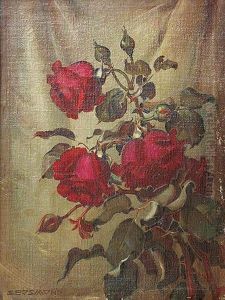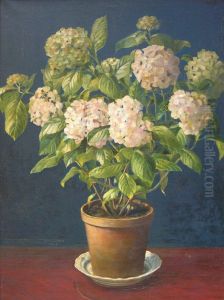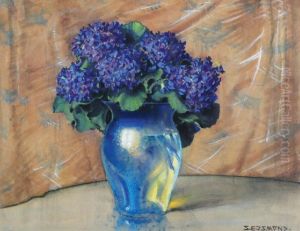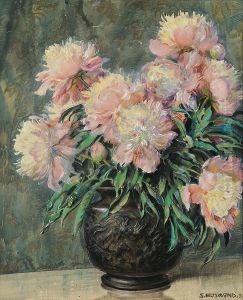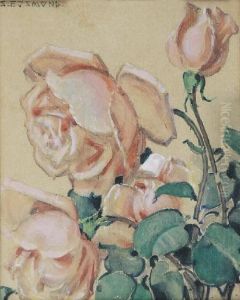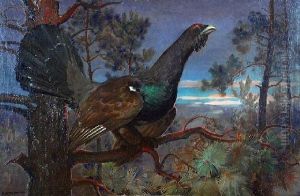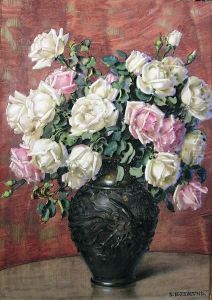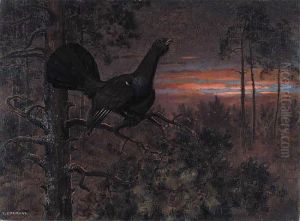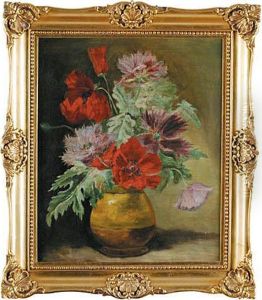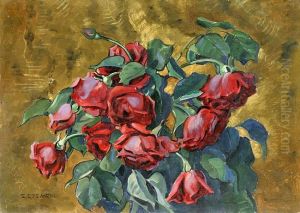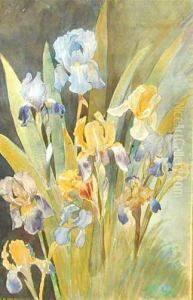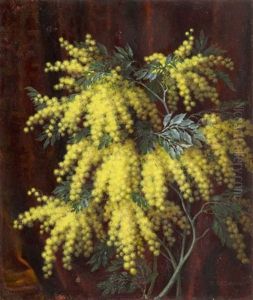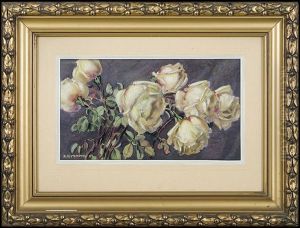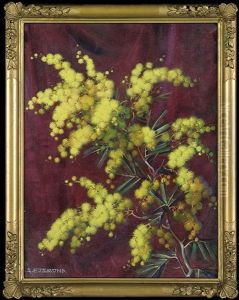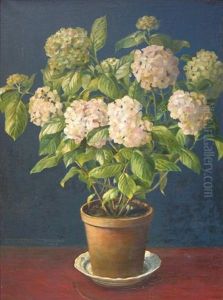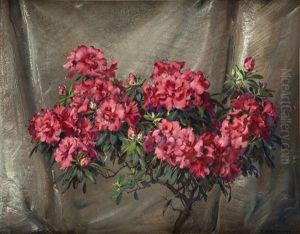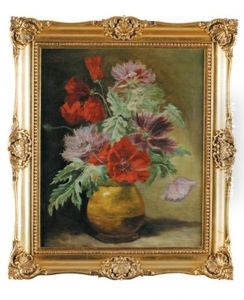Stanislaw Ejsmond Paintings
Stanislaw Ejsmond was a Polish artist, born in 1891 in Warsaw, which was then part of the Russian Empire. Ejsmond's early life and education were deeply influenced by the rich cultural and historical milieu of Warsaw, a city known for its vibrant artistic community. Despite the challenges posed by the political situation in Poland under partition, Ejsmond pursued his passion for art, studying at the Warsaw School of Fine Arts, where he was exposed to a variety of artistic styles and techniques.
Ejsmond's artistic career was marked by a keen interest in both painting and graphic arts, with a particular focus on portraiture and landscape painting. His works often reflected the beauty of the Polish countryside and the complexities of human character, capturing the spirit of his times with sensitivity and depth. Ejsmond was an active participant in the Polish art scene, contributing to exhibitions and engaging with various artistic circles, which played a significant role in the development of modern Polish art.
Throughout the interwar period, Ejsmond's art evolved, reflecting the changing social and political landscape of Poland and Europe. His style, characterized by a blend of realism and impressionism, captured the nuances of light and shadow, and the vibrancy of the Polish landscape, earning him recognition and acclaim. Despite the challenges of World War II and the subsequent communist regime in Poland, Ejsmond continued to create art that resonated with the Polish people, embodying a sense of national identity and cultural resilience.
Stanislaw Ejsmond's contributions to Polish art were not limited to his own creations. He was also a respected teacher and mentor, sharing his knowledge and passion for art with future generations. His legacy is preserved in his works, which remain an important part of Poland's cultural heritage.
Ejsmond passed away in 1959, leaving behind a body of work that continues to inspire and captivate audiences. His life and art are a testament to the enduring power of creativity in the face of adversity, and his influence on Polish art is still felt to this day.
